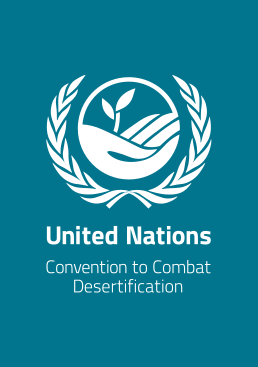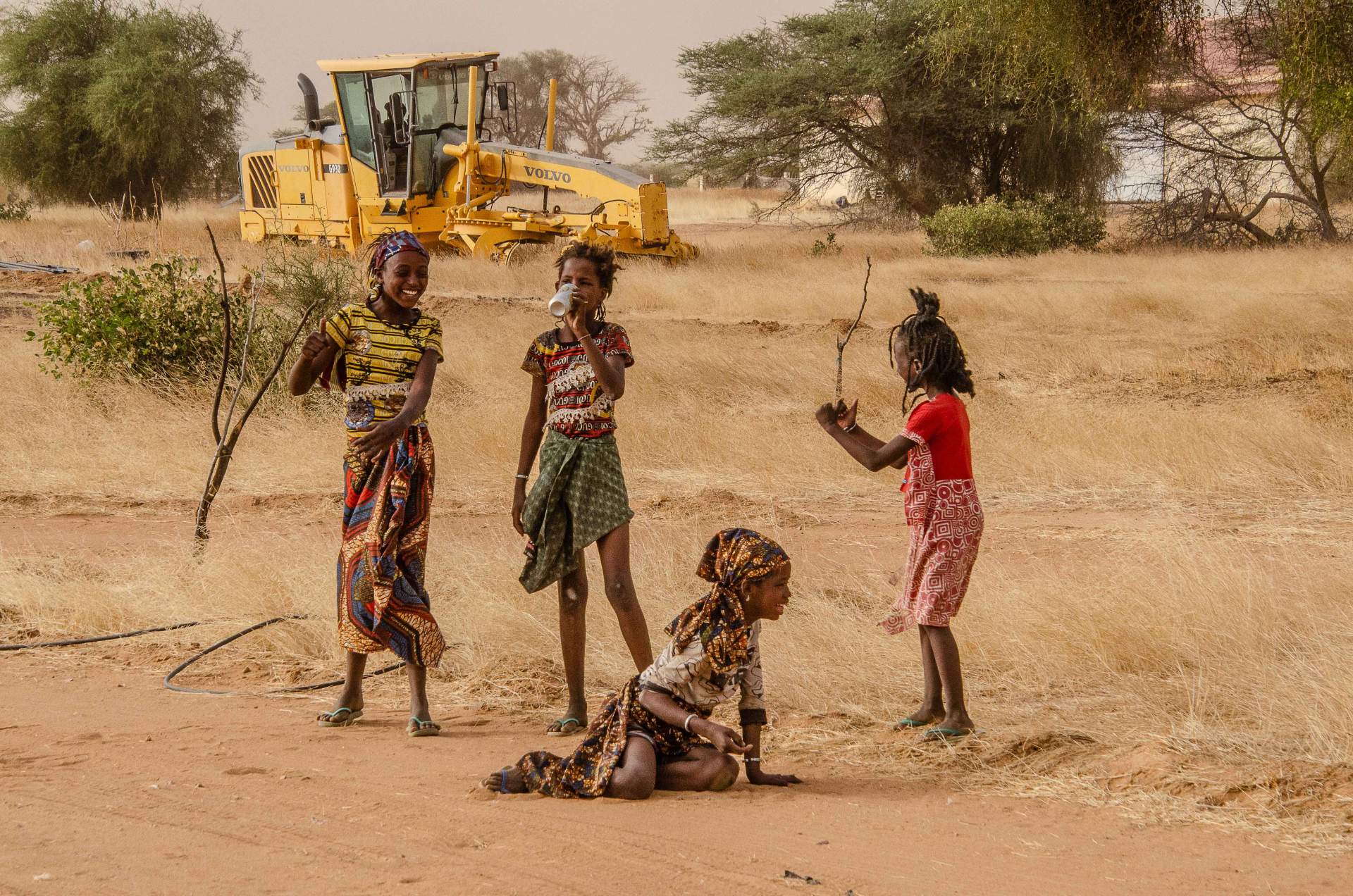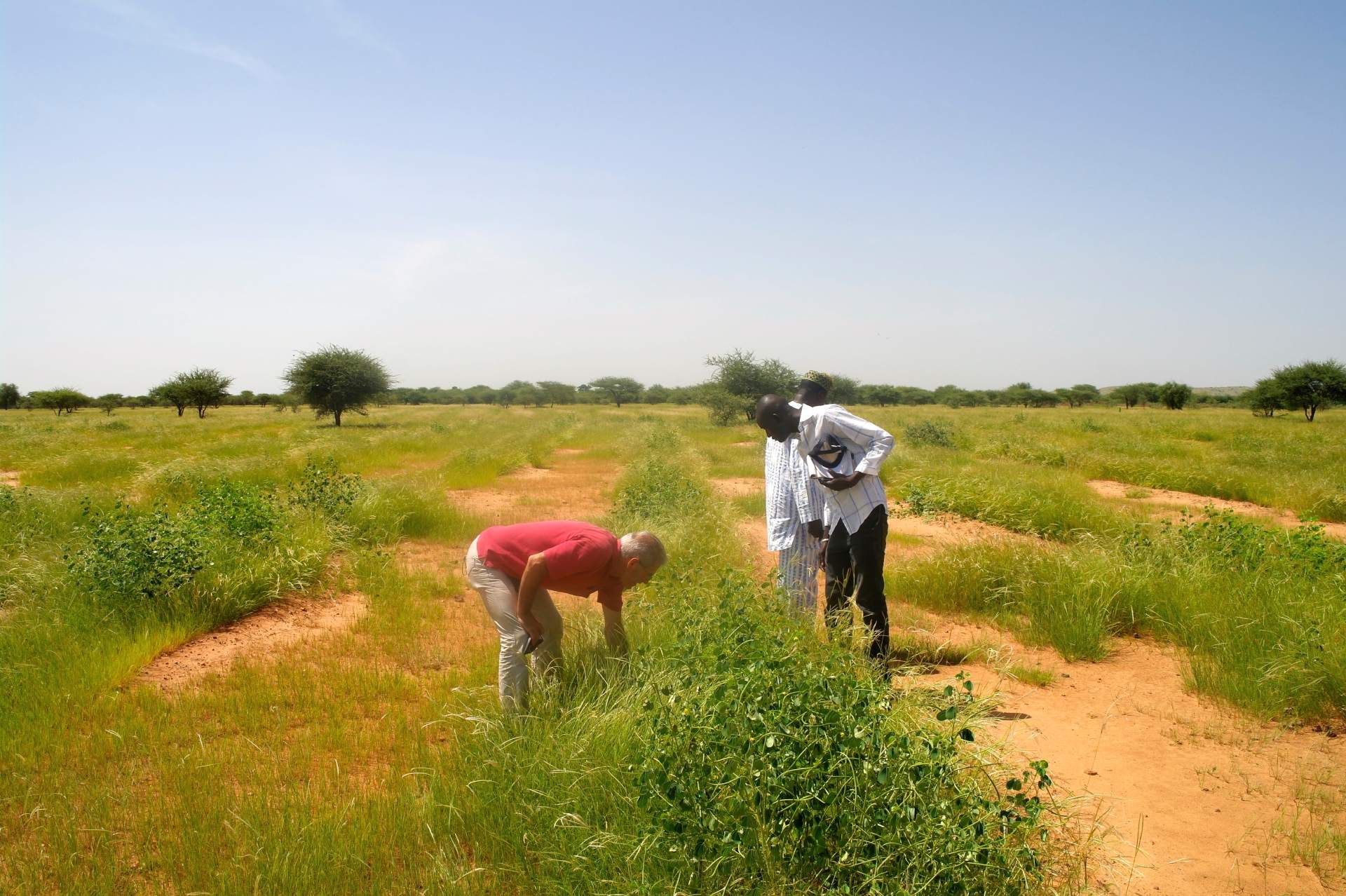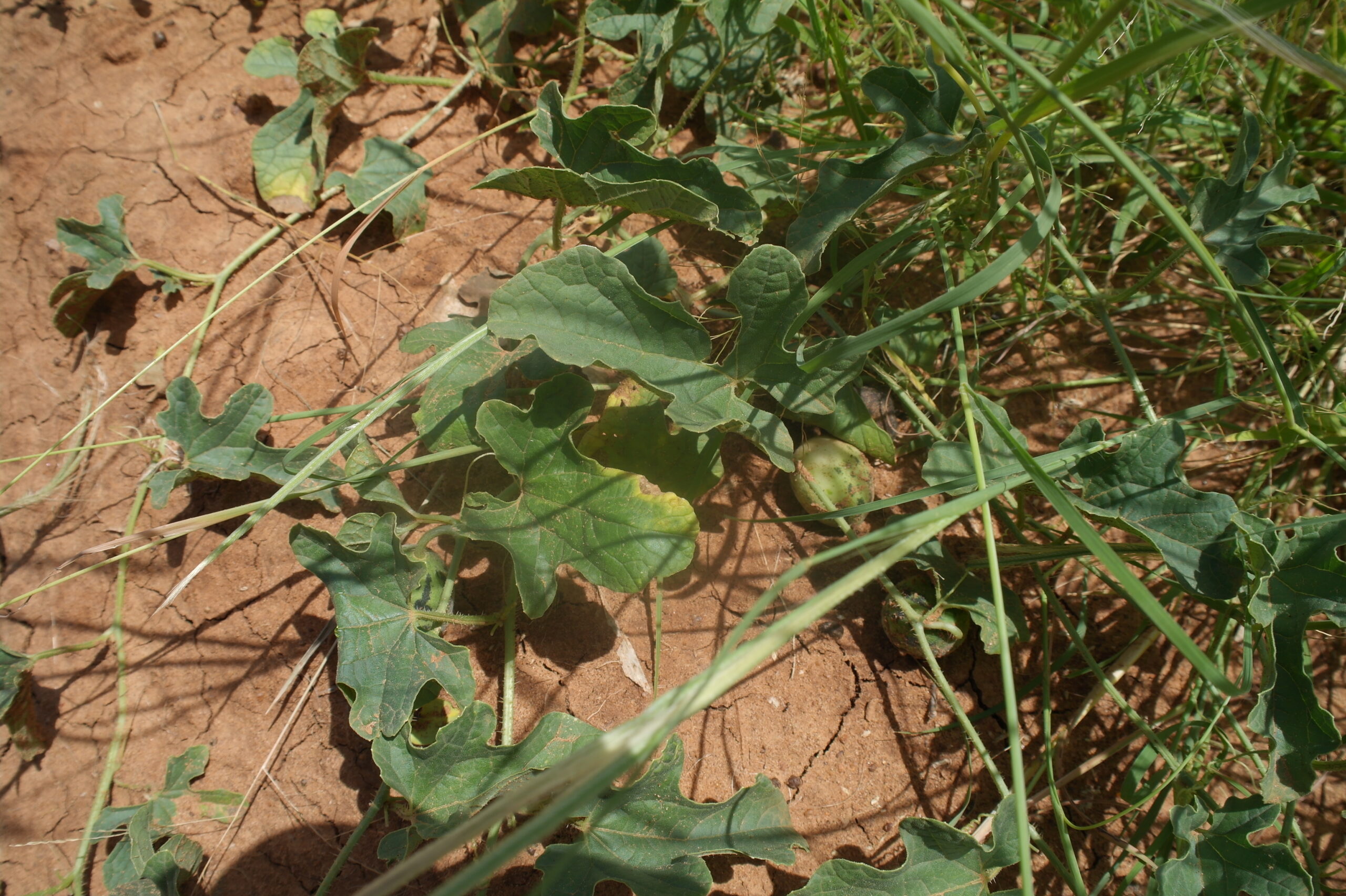what we do


Impacts
Forest development has positive implications for the climate, but its benefits extend far beyond that. By planting trees in collaboration with vulnerable communities in Africa’s semi-arid regions, we generate impact across all pillars of sustainability. Our approach yields extensive advantages beyond environmental sustainability, encompassing social and economic dimensions as well.
Impacts
(E)cological
(S)ocial
(E)conomic



“In a world where desertification, deforestation, and climate change play off one another, we need to act responsibly to reforest the earth.”
Philippe Cousteau Jr.
Ecological Impact
Reforestation plays a crucial role in combating climate change and promoting ecological well-being. By planting trees, we contribute to the restoration of ecosystems and the overall welfare of both human and non-human communities.
Trees absorb carbon dioxide from the atmosphere through photosynthesis and store it in their tissues. By increasing tree cover, we can enhance the removal of carbon dioxide from the atmosphere, mitigating the greenhouse gas effects responsible for climate change.
Reforestation also serves to prevent soil erosion and enhance water quality. Trees act as anchors, preventing soil erosion during heavy rainfall, while also acting as natural filters that enable the replenishment of clean water into the groundwater.
Last but not least,, reforestation fosters biodiversity by promoting the presence of diverse plant and animal species, which in turn provide essential ecosystem services to local communities.
Social Impact
Trees provide various resources for communities, including food, fodder, and valuable medicinal properties. Furthermore, reforestation initiatives create employment opportunities and contribute to the development of local economies.
Reforestation projects also offer educational and training opportunities for local communities. People gain knowledge about the benefits of planting trees and acquire skills in tree planting, maintenance, and forest management. This leads to increased awareness of the importance of environmental protection, fostering a stronger sense of community ownership, forest stewardship, and active involvement in conservation efforts.
In conclusion, by restoring forests, we contribute to the preservation of cultural heritage associated with traditional practices, spiritual connections, and the utilization of trees for medicinal purposes, thereby strengthening community bonds.



“By engaging local communities in reforestation initiatives, we not only restore their landscape but, more importantly, enhance their life quality”
Anonymous
Economic Impact
Reforestation
can bring substantial economic benefits at a local and regional level.
The restoration of degraded land creates new opportunities for crop production in agroforestry systems, which supports livelihoods and boosts local economies.
Reforestation also generates new income streams, particularly through the sale of grass, crops, and non-timber forest products like fruits, nuts, gum, and medicinal plant parts. These products can be sold locally or exported, creating new avenues for small businesses and entrepreneurs.
Furthermore, tree planting, forest management, and related activities, such as ecotourism, can create employment opportunities for local communities.
To conclude with, reforestation fosters economic development by promoting ecosystem services like carbon sequestration, water regulation, and soil conservation. These services generate economic benefits through revenue from carbon credits, water fees, and other mechanisms that reward landowners for providing valuable ecosystem services that benefit society as a whole.

